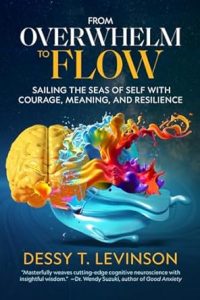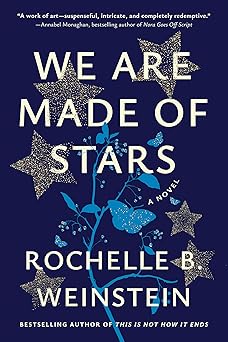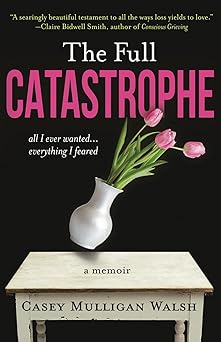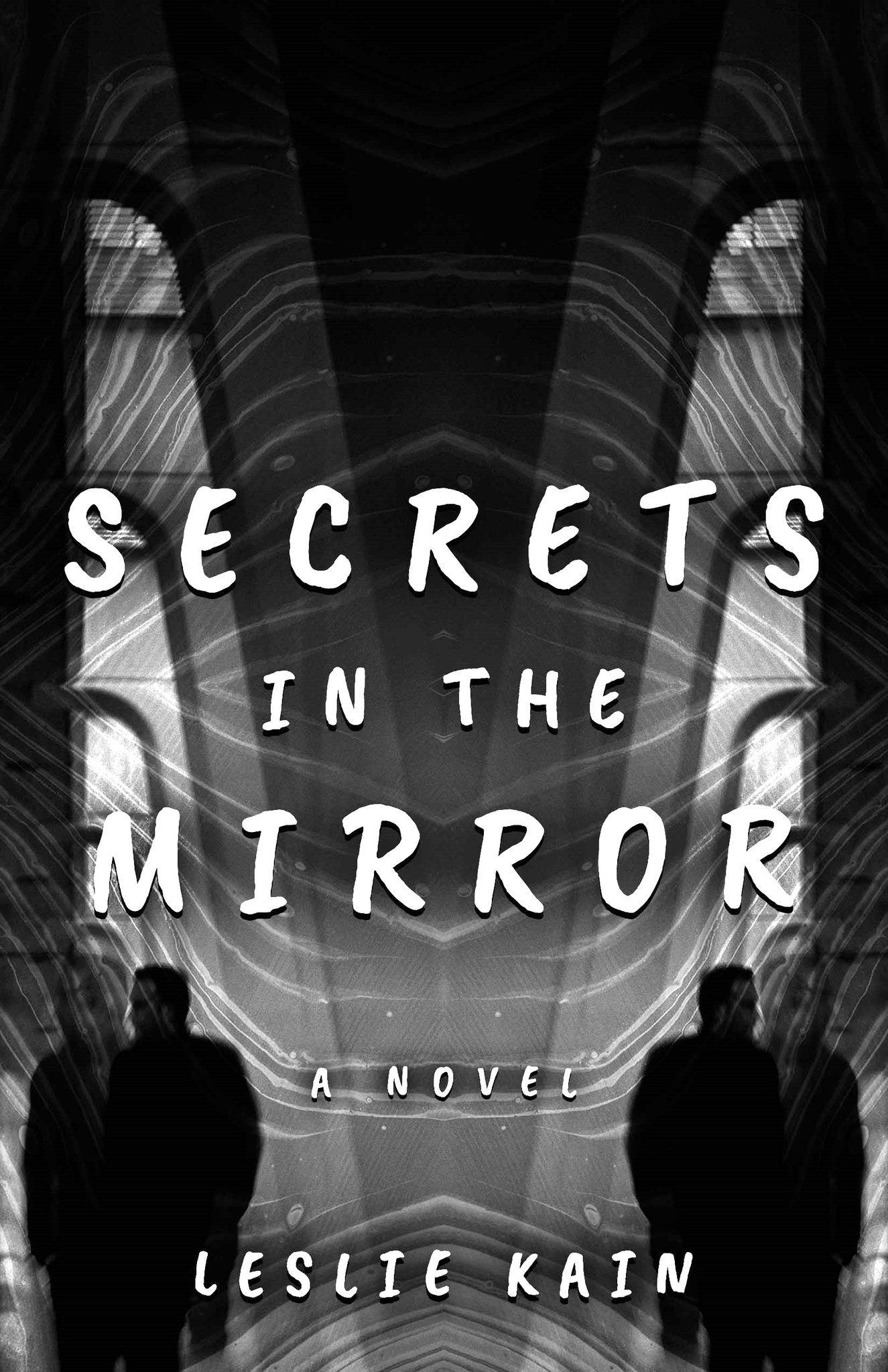A Compass for Stormy Seas by Dessy Levinson
By Dessy Levinson
Here are two truths and a lie:
- Our nervous system floods our minds in ways that become overwhelming.
- Our brain can parse overwhelm and clear it if we focus more on what is troubling us.
- There’s a way of navigating overwhelm that—over time—can steer you toward becoming your most caring and creative self.
If you’d asked me five years ago, I’d have told you I wasn’t sure about the other two, but the middle point was definitely true. Boy, was I mistaken!
There was a moment in the early months of the pandemic when it became glaringly clear just how incapable I was of solving my head (or anyone else’s) with pure brainpower. I was on a coaching call with a founder whose startup, serving the restaurant industry, was almost certainly about to shut down. In their bedrooms upstairs, my kids (one in elementary and the other in middle school) were doing their best not to fall asleep as lesson after lesson droned on. The founder, let’s call her Zoe, was in tears, breathless, and almost frantic. She had just laid off six of her team, and the other four were only a matter of time.
“I’m so scared!” Zoe sobbed.
I felt my own anxiety kick into high gear. Just a year earlier, I had been giving talks urging professionals to “Do What Scares You!” Now, fear was a very real, very legit survival emotion that flooded Zoe’s system as well as my own. Trying to think our way through it was not only futile but only increased our overwhelm and highlighted all the external uncertainties over which we had zero control. “So am I,” I answered.
Knowing where we stood—and that we were there together—momentarily stopped the world from spinning. It also highlighted the urgency to scaffold something I’d been fumbling with for a while: a guiding structure that I could lean on whenever overwhelming feelings occur—mine or someone else’s. I started with Clarity, so I ended up calling it the CRATE framework: Clarity, Regulation, Agency, Trust, and Energy. None of the concepts I strung together were brand-new. There’s plenty of research about how to regulate emotions or strengthen our sense of personal agency. But all I wanted was to parse them into a minimum viable toolbag for emotional survival—something I could open at a second’s notice, especially when time was scarce and the emotional temperature sky-high.
Why CRATE?
Think of CRATE less like a cure and more like a compass. It’s an emotional “Stop. Drop. And Roll,” which just might help you get out when the internal flames get too hot. In my own journey, I realized there were five distinct “anchors” that helped me and my clients and loved ones shift from sheer panic to a place where we could breathe and take small steps forward. They are:
Clarity
I can’t count how many times I’ve been paralyzed by a messy knot of internal narratives: I’m failing; they’re against me; nothing will ever get better. Clarity is basically hitting “pause” long enough to see what’s actually happening. Sometimes that means identifying real constraints (“No, I don’t have infinite time to fix all this”) and genuine convergences of possibility (“But I do have one important conversation I can start”). Without clarity, we’re at the mercy of frantic assumptions. Even if the facts aren’t pretty, naming them is strangely calming. It’s the difference between flailing in the dark and at least knowing which corner the light switch might be in.
Regulation
Here, it’s all about the body first, logic later. Emotional storms trigger something in our nervous system that bypasses rational arguments. We breathe faster, tense up, or freeze. So to find our footing, we have to communicate safety to the body. Slowing an exhale, doing a quick shake of the arms, or quietly labeling the emotion we feel can help bring down the heat. In especially tense moments with a client, I might guide them to place a hand on their chest and just notice the rise and fall of each breath. That kind of gentle co-regulation often works better than any pep talk when the emotional dial is turned up to ten.
Agency
Agency is where we remember we have at least some power. We might not control every aspect—maybe the boss is demanding, the family drama is complicated, and time is short—but there’s nearly always a small action we can choose. Sending a text, opening a new document, stepping outside to get air: small moves can shift our internal state. Even a brief sense of “Okay, I can do this” helps us avoid shutdown.
Trust
Trust is tricky because it’s not a single decision but more of an ongoing relationship with uncertainty. When anxiety is swirling, we can feel utterly convinced there’s no safety anywhere. Trust invites us to reach out—whether to a friend, a mentor, or just a calmer part of ourselves—and say, “I might not see the outcome yet, but I’m willing to believe in a path through this.” Often, we “borrow” trust from another person (whether it be a loved one, coach, or a therapist), letting their steadiness buoy us until our own sense of confidence has had time to recover.
Energy
Last but far from least, energy is the fuel we need to keep going. It might mean checking whether we’re sleep-deprived or undernourished—physical basics matter immensely. Or maybe we’re drained because we’ve ignored social bonds or creativity for too long. Noticing how full (or empty) our tank is prevents us from blindly pushing ourselves into deeper depletion. When we take a step back and do something genuinely restorative, the next day’s obstacles feel less colossal.
It’s Not a Cure, But It Helps
I’ve seen one too many hype-y headlines claiming, “This method will fix your life.” That’s disingenuous. No framework can solve everything. But as I like to remind myself, the fact that no single tool is perfect doesn’t mean some tools can’t help some of the time. My experience—and that of many individuals I’ve introduced to CRATE—suggests it can be enough of a lighthouse to guide you toward calmer waters.
In my own life, CRATE has kept me on solid ground when circumstances seemed to spin out of control. At times, I just whisper C-R-A-T-E in my head and ask myself: “Which dimension am I neglecting right now?” Maybe I’m lacking clarity, so I’m inventing worst-case scenarios. Or perhaps my energy is at rock bottom, and I need to step away before I unravel. Simply knowing where the trouble is helps me regain some measure of calm, and that calm is what leads to more intentional next steps.
If that resonates, I encourage you to keep CRATE in your mental back pocket. It won’t banish heartbreak or ensure your boss never yells again. But when life’s intensity is drowning out logical thought, having any kind of map can interrupt our panic. Clarity—Regulation—Agency—Trust—Energy. That’s it. And as we work through each piece, we shift from being at the mercy of the storm to riding its waves with more steadiness.
No single framework can carry us everywhere. But the moment we realize we’re flailing and remember to call on a scaffolding—any scaffolding—that’s when we step out of pure panic and back into the dance of possibility.
—
—
From Overwhelm to Flow: Sailing the Seas of Self with Courage, Meaning, and Resilience
 From Overwhelm to Flow: Sailing the Seas of Self with Courage, Meaning, and Resilience offers a radical reframing of how we relate to intensity and uncertainty. Drawing from neuroscience, psychology, and lived experience, executive strategist and relational integration coach Dessy Levinson presents the CRATE Framework—a practical approach for transforming overwhelm into sustainable flow.
From Overwhelm to Flow: Sailing the Seas of Self with Courage, Meaning, and Resilience offers a radical reframing of how we relate to intensity and uncertainty. Drawing from neuroscience, psychology, and lived experience, executive strategist and relational integration coach Dessy Levinson presents the CRATE Framework—a practical approach for transforming overwhelm into sustainable flow.
The book challenges our default response to overwhelm, suggesting that intensity isn’t something to fight but rather to welcome and integrate. Through intimate stories of transformation and cutting-edge research, Levinson shows how the very experiences that overwhelm us often contain the seeds of our deepest flow.
CRATE (Clarity, Regulation, Agency, Trust, and Energy) provides both a theoretical foundation and practical toolkit for navigating complexity. Whether you’re a founder steering through startup chaos, a leader building psychological safety for your team, or simply someone seeking to understand why your emotions sometimes feel like they’re steering the ship, this book offers a more spacious way of being. You will learn how to welcome intensity rather than fight it, find meaning rather than chase certainty, and transform our relationship with overwhelm into a portal for creativity.
More than just another self-help manual or management guide, this book is an invitation to remember what we’ve always known but perhaps forgotten: that our greatest struggles can become our greatest strengths when we learn to sail with, rather than against, the seas of our own nature.
BUY HERE
Category: Contemporary Women Writers, How To and Tips



























